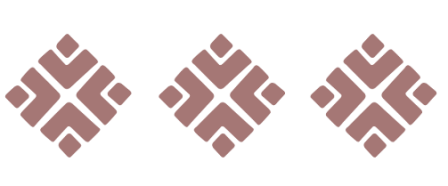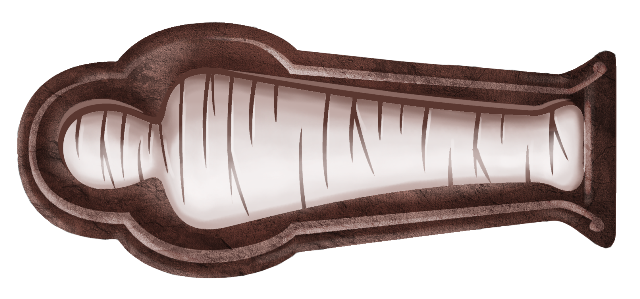

Photographs, charts and accounts present a plateau spreading below horizon in the west of the Nile from Aswan to the pyramids site. This plateau rose of forty to more than one hundred meters above the Nile and its course exceeded amply the canopy of the delta to constitute an exceptional point of observation, visible until 20 km in the Mediterranean.
It is now admitted that the plateau was a savannah, sparse of trees, gullied by places, letting suppose a flow on surface, perhaps more important than it is known; it was inhabited, exploited for its fields, lakes and natural channels. Water implies vegetation and even the vestiges of a hypothetical forest, that one even which could have been used to build the pyramids. However, forest and limestone do sometimes a bad combination. Forests acidify the grounds, solubilise limestone and cause the formation of karsts; these capillaries develop in brooks to become underground rivers in a few hundred years. With time, segments of river could be clogged, meet to grow bigger or be drained to leave only galleries to be explored.
These elements suggest that at the time of pyramids, a floating element could very well have descended an unspecified current on or under part of the plateau, perhaps even from Aswan to the current site. This assumption could very well have influenced, without being decisive, the choice of the site of the pyramids.
The limestone blocks came from the plateau even of Giza, upstream from the site, the coating fine limestone came from Tourah and of el-Maasara, at approximately 17 km upstream on Eastern bank of the Nile, and the granite came from Aswan at approximately 700 km upstream on the Nile. All finishing and mass blocks, detached from the coal face in career, were to be evacuated to make place to operations; they then had to be moved towards sites of reduction to be cut more close possible at final dimensions before transportation, in order to reduce last minute working, rubble handling and dust on the site.
All these stones had to be transported or floated from their point of extraction to the site. Does a question arises, starting from which place boats would have they been able to leave the Nile and borrow a diversion canal to find themselves on the plateau and benefit nevertheless from a declivity towards the site?
The distances between the quarries and the site of Khufu vary from few kilometres to several hundred kilometres, each block could take days or weeks to be extracted and as much to be transported to the foot of the pyramid and still as much to lift in place and to install. All points of extraction, relays of transport and final destination are as living environments where it is necessary to be concerned by the workers and their needs: shelters, food, body care and family. As for them, education, training and work are continuous the whole life. They are the heart, the emotion, the expression of a people and his legacy.

Dessin : Dany Lavoie

Place